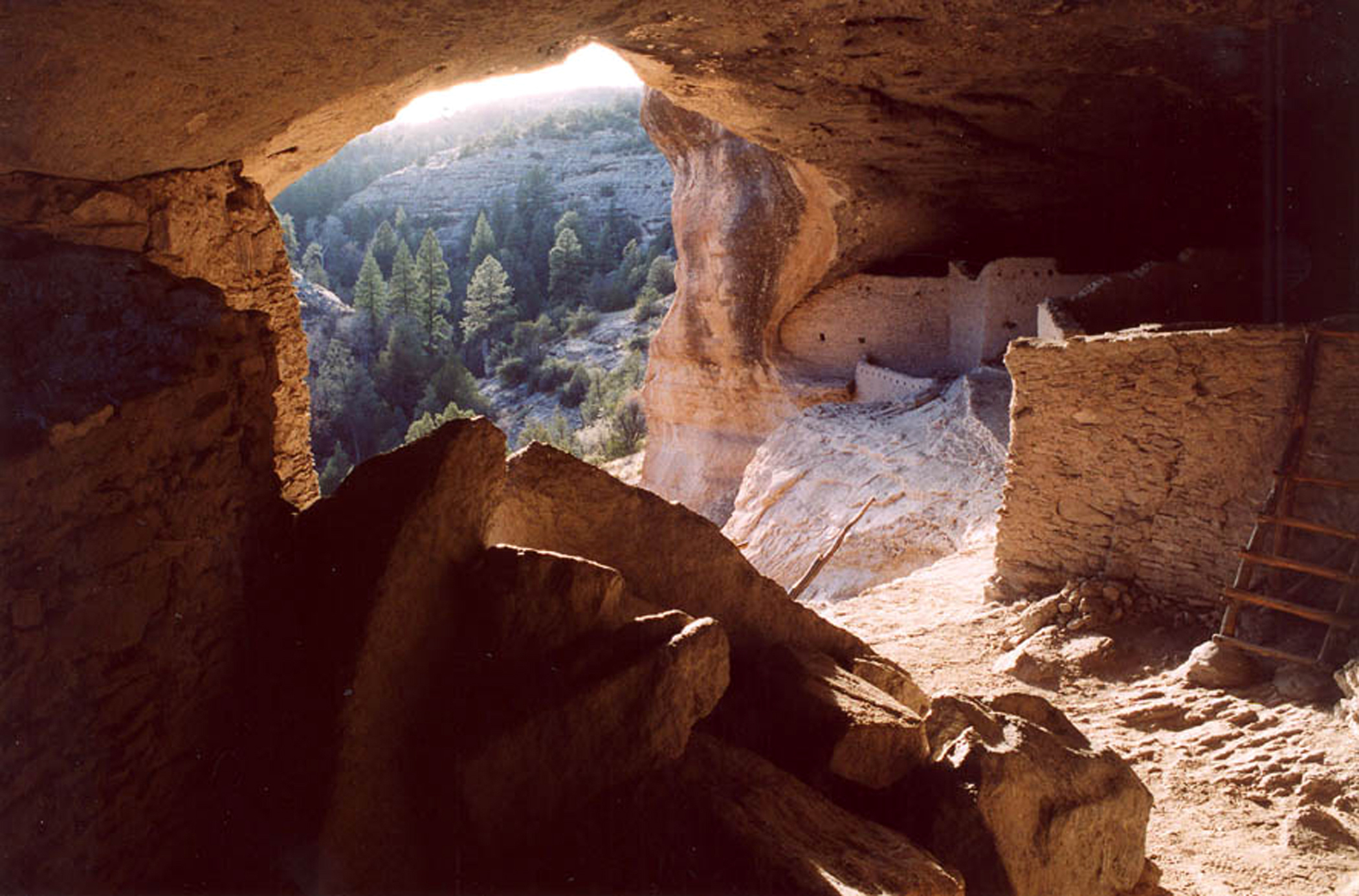Piscataway Park: An Undiscovered Gem in the Nations Backyard
Planning a visit? Check out the Piscataway Park page for visitor info, directions, and what to do when you get there.
Introduction
Historical/Cultural/Geological Background
Piscataway Park was established in 1961 as part of an initiative by conservationists driven to preserve the unspoiled view from George Washington’s Mount Vernon estate across the Potomac River. The park encompasses extensive wetlands, hardwood forests, meadows, and multiple historical sites like the National Colonial Farm and Accokeek Creek Site. It serves as a living tribute to centuries-old Native American communities—the Nanjemoy and Mattawoman tribes—and later colonial settlements.
This 5000-acre sanctuary prides itself on being home to Bald Eagles’ nests, mighty river otters playing hide-and-seek amidst marsh grasses, and scores of white-tailed deer leisurely munching on verdant vegetation—a living tableau straight from a Thoreau-esque reverie!
Activities Guide
Piscataway Park encourages exploratory activities for every kind of tourist. Hike through the abundant trails, bird-watch from secretive hideouts, or take part in heritage farming demonstrations at the National Colonial Farm—an 18th-century living history farm.
For anglers, the Potomac River offers a delightful fishing experience. And for those seeking an immersive historical tour, the Accokeek Foundation organizes engaging events throughout the year.
Visitor Information
Piscataway Park lies on the Maryland side of the Potomac River, which is open daily from sunrise to sunset. Admission is free except for scheduled events and programs. Facilities include picnic areas, restrooms, pet-friendly trails (although pets must be kept on a leash), and ample parking spaces. The park promotes sustainability; hence, visitors are encouraged to follow “Leave No Trace” guidelines.
Tips for Different Visitors
Every visitor has his own reason to fall in love with Piscataway Park. For nature enthusiasts, plan your visit around early mornings or late evenings when wildlife activity peaks out—be sure to carry binoculars! History buffs should not miss visiting the National Colonial Farm.
Families would enjoy picnics amidst stunning scenic views—don’t forget your picnic baskets and blankets! As this park promotes sustainability, consider bringing reusable water bottles and eco-friendly supplies.
Regional Context
Piscataway Park’s tranquil yet vibrant environment offers a stark contrast against Washington D.C.’s concrete jungle—a testament to how well-preserved natural landscapes seamlessly coexist beside thriving urban developments.
This unique amalgamation ensures that while you immerse in Mother Nature’s lap at Piscataway Park today, you can dive into America’s rich political history tomorrow by making a quick trip downtown—truly presenting the best of both worlds!
Conclusion
Whether it’s losing yourself amidst verdant trails under towering oaks or witnessing American history unfold up close—Piscataway Park offers an escape from monotony. It serves as a wonderful reminder that nature, culture, and history need not be mutually exclusive but can thrive together harmoniously.
So, if you ever find yourself yearning for tranquility amidst your urban adventures in Washington D.C., this quietly charming park awaits you with open arms. Remember, though: while Piscataway Park’s beauty may indeed be underrated, it is far from undiscovered!
FAQs
- Is Piscataway Park wheelchair accessible? Yes, the park is wheelchair-friendly—most trails and facilities accommodate wheelchairs.
- Are there food services available? No, Piscataway Park does not have food service amenities; visitors are encouraged to bring their own meals.
- Can I camp in the park? Unfortunately, no—overnight camping is not permitted in Piscataway Park.
- Is swimming allowed in the Potomac River? For safety reasons due to strong currents and fluctuating river conditions, swimming isn’t recommended.
- What wildlife might I see at Piscataway Park? The park is home to Bald Eagles, River Otters, White-tailed Deer, multiple species of birds and various fauna.
Frequently Asked Questions
What are the operating hours and admission fees for Piscataway Park?
Piscataway Park is typically open year-round, though specific hours may vary by season. Most national parks charge an entrance fee, but some sites are free to visit. Check the official NPS website for current hours and fee information.
How long should I plan for a visit to Piscataway Park?
A typical visit to Piscataway Park can range from a few hours to a full day, depending on your interests and the activities you choose. Allow extra time for hiking, photography, and exploring visitor centers.
What should I bring when visiting Piscataway Park?
Essential items include comfortable walking shoes, water, snacks, sunscreen, and weather-appropriate clothing. Bring a camera to capture the scenic views and consider binoculars for wildlife viewing.
What is the best time to visit Piscataway Park?
The best time to visit depends on your preferences and the activities you plan to enjoy. Spring and fall often offer pleasant weather and fewer crowds, while summer provides the longest daylight hours.
Is Piscataway Park accessible for visitors with mobility needs?
Many areas of Piscataway Park are accessible to visitors with mobility needs, including paved trails and accessible facilities. Contact the park directly for specific accessibility information and current conditions.

